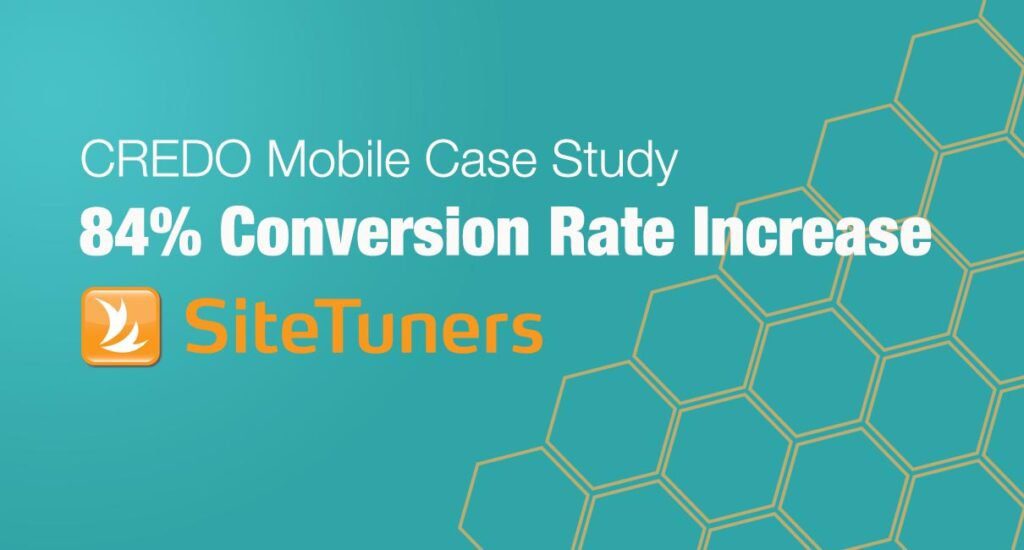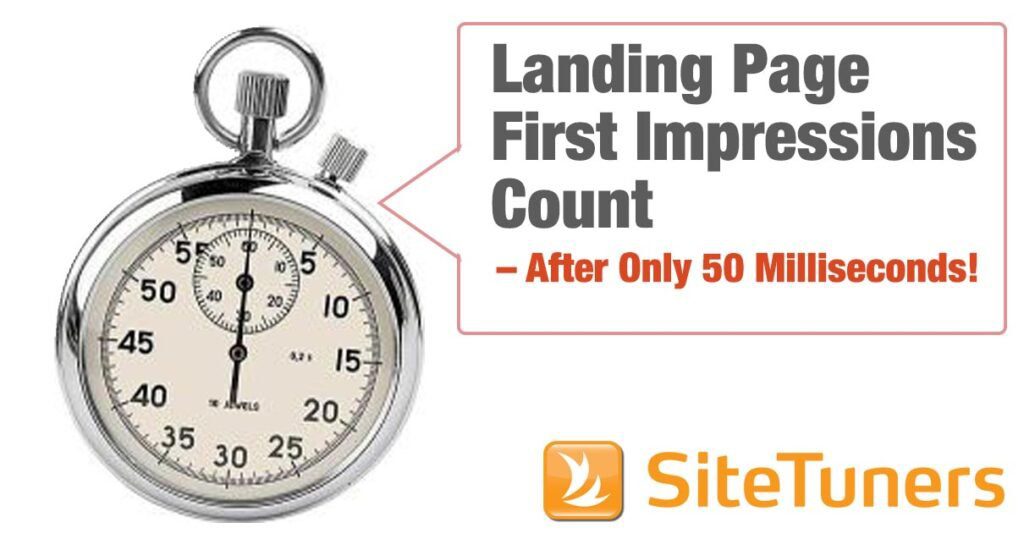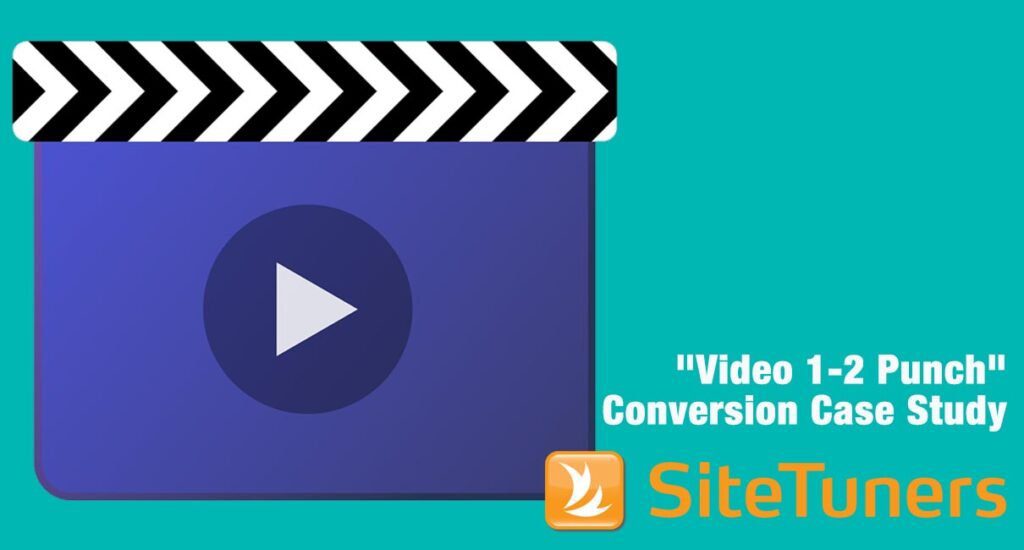Your PPC campaigns are leaking conversions and money right now.
We analyzed two live campaigns recently and found conversion leaks costing companies hundreds of dollars per conversion – money that should be flowing straight to your bottom line.
Most businesses focus on driving traffic while ignoring the conversion catastrophe happening on their landing pages.
You’re paying premium prices for clicks, then watching potential customers vanish because of easily fixable problems.
The $534 Conversion Disaster From A Real Campaign Analysis
We recently audited a campaign from one of our clients at SiteTuners, who were spending a significant budget with devastating results. The numbers tell the story:
- Campaign cost per conversion: $534
- Average Purchase Price: $99
- Waste factor: 5.4x higher than benchmark
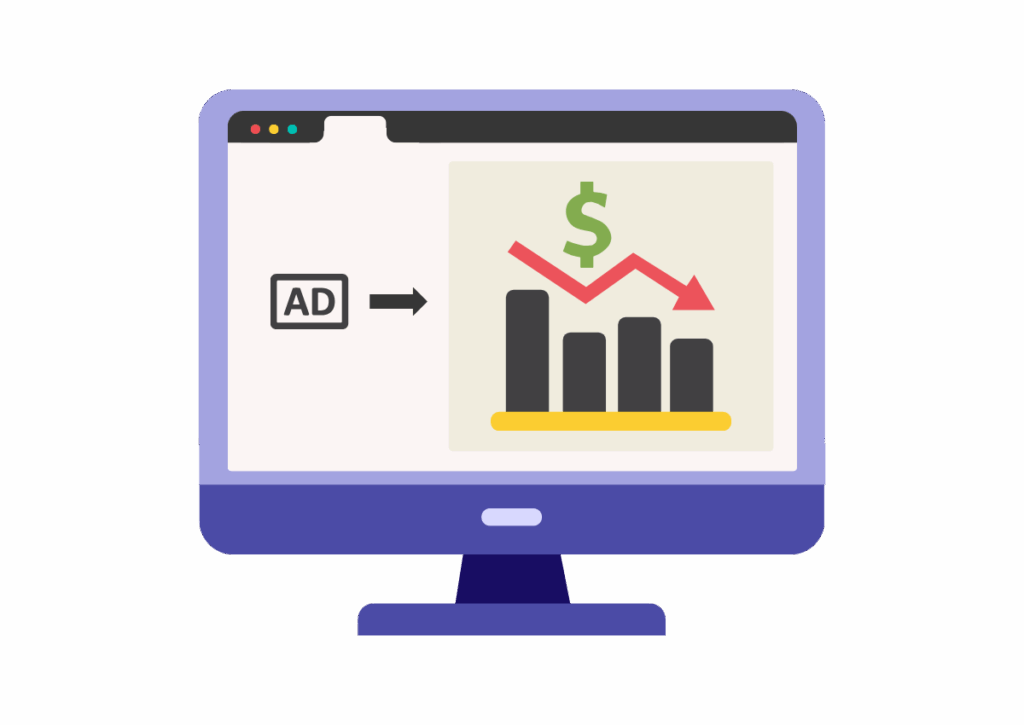
The 4-Step PPC Leak Conversion Audit Process
Here’s exactly how we identify where your budget is bleeding:
Step 1: Follow the Money Trail
Start with your highest-spend campaigns.
Sort by total cost over the last 30 days. Your biggest budget drains deserve your immediate attention.
Look for campaigns with:
- High spend but low conversion rates
- Cost per conversion significantly above your average
- Strong click-through rates but poor conversion performance
Step 2: Dig Into Ad Group Performance
Within your problem campaigns, identify which ad groups consume the most budget.
We found one ad group burning through $15,000 with a cost per conversion of $628.
Red flags to watch for:
- High average cost per click without proportional conversions
- Ad groups with strong impressions but weak conversion metrics
- Budget allocation misaligned with performance
Step 3: Audit Your Keyword Strategy
This is where most campaigns fall apart.
We discovered broad match keywords triggering irrelevant search terms:
Problem: Bidding on “DD-214” (broad match). Result: Triggered searches like “military status check via lone multifamily.”
Impact: Wasted budget on completely unrelated traffic.
The Fix: Switch to an exact match for core terms, add comprehensive negative keyword lists.
Step 4: Analyze Search Term Reports
Your search term reports reveal the truth about keyword performance. Look for:
- High-cost terms with zero conversions
- Search terms completely unrelated to your offer
- Volume concentrated in overly generic terms
For more CRO best practices, check out our 2025 Ultimate Guide.
The Ad Copy Optimization Gap
Google literally tells you what’s wrong with your ads.
In our analysis, we found ads with clear warnings:
- “Add more headlines”
- “Include popular keywords”
- “Make your headlines more unique”
Current underperformance: Using only 5 of 15 available headlines
Opportunity cost: Missing 10 opportunities to test different messages
To this in action, check out our case study with AutoWeb, where we teamed up with Google to help them get a 16% increase in mobile landing page conversions.
Headlines That Convert vs. Headlines That Waste Budget
Weak headlines (actual examples):
- “Order online”
- “Call now”
- “Get a copy of your DD-214”
Stronger alternatives:
- “Get Your DD-214 in 24 Hours – Guaranteed”
- “Trusted by 3,300,000+ Veterans”
- “Skip the VA Wait – Get Your Records Fast”
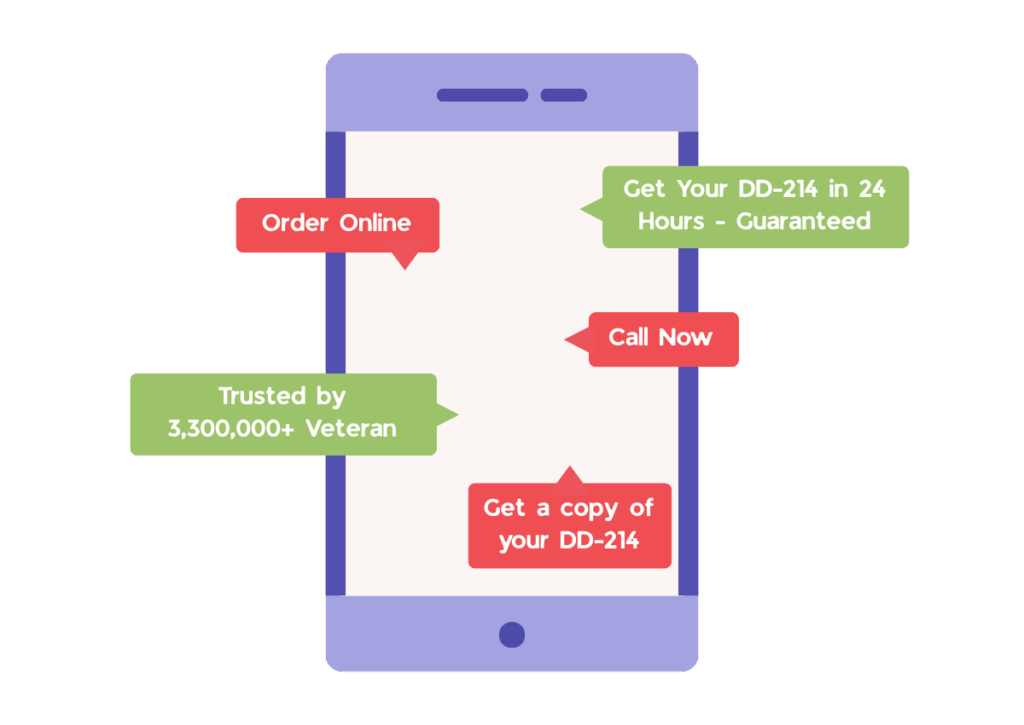
The Landing Page Conversion Killer
Your landing page is where conversions go to die and where we see the most PPC conversion leads.
We identified these critical failures:
Problem 1: Message Mismatch
Ad promise: “Get a copy of your DD-214 fast.” Landing page reality: Generic corporate messaging that doesn’t reinforce the ad’s promise
Problem 2: Auto-Playing Carousels
These conversion killers reduce performance by 90% in our testing. Users can’t focus when the content constantly moves.
Problem 3: Mobile Experience Breakdown
Critical trust elements disappear on mobile. The phone number, testimonials, and key benefits get buried below the fold.
Performance Max Campaigns: The Black Box Problem
Performance Max campaigns present unique challenges.
Without keyword visibility, you must audit:
Search Themes Alignment
We found campaigns mixing incompatible products:
- Binoculars
- Night vision
- Range finders
- Image stabilizing equipment
The problem: Google can’t optimize effectively when signals are conflicting.
Asset Group Optimization
Even with “excellent” ad strength ratings, we discovered:
- Duplicate headlines wasting opportunities
- No brand-specific messaging despite brand searches
- Generic descriptions missing specific product benefits
Landing Page Experience
The ultimate Performance Max failure: sending users to a page with zero messaging, just product images.

Conversion killer: No clear call-to-action, value proposition, or user guidance.
The Real Cost of Conversion Leaks
Based on our campaign analysis, here’s what poor optimization actually costs:
- Traffic waste: 50-70% of clicks from irrelevant searches
- Conversion multiplier: 5.4x higher cost per conversion
- Opportunity cost: Missing 10+ headline testing opportunities per campaign
For a company spending $50,000 monthly on PPC, these leaks cost approximately $180,000 annually in wasted budget and missed conversions.
Quick Wins: Immediate Fixes That Stop the Bleeding
Week 1: Keyword Cleanup
- Add non-relevant terms as negative keywords from search term reports
- Switch top-spending broad match terms to exact match
- Pause ad groups with cost per conversion 3x above average
Week 2: Ad Copy Enhancement
- Fill all 15 headline slots with unique messages
- Include your top converting keywords in headlines
- Add benefit-focused descriptions using full character limits
Week 3: Landing Page Alignment
- Match landing page headlines to ad messaging
- Remove auto-playing elements
- Add clear, benefit-focused calls-to-action
Here’s a more detailed guide on what actually makes Google Search Ads Campaigns Work.
Advanced Optimization: The Keyword-Ad-Landing Page Trinity
The highest-performing campaigns achieve perfect alignment between:
- Keywords: Exact match terms reflecting user intent
- Ad copy: Messages that reinforce keyword promises
- Landing pages: Experiences that deliver on ad promises
This trinity approach can reduce cost per conversion by 60-80% while maintaining or increasing conversion volume.
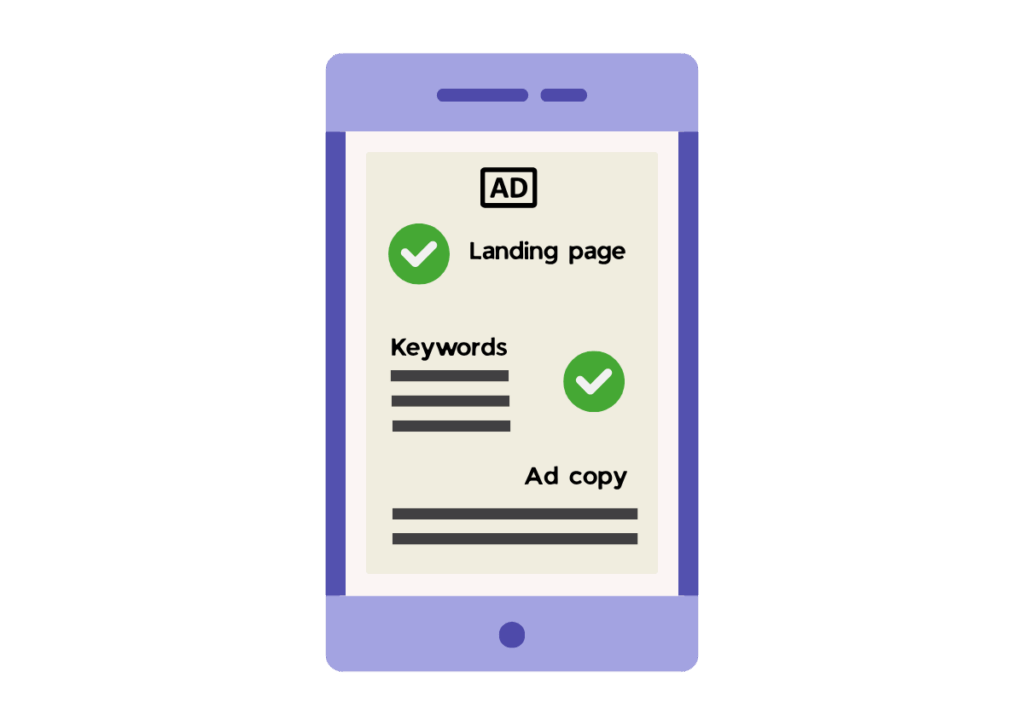
Common PPC Conversion Optimization Mistakes
Based on hundreds of campaign audits, these mistakes destroy performance:
Mistake 1: Set-and-Forget Mentality
PPC requires constant optimization. Search behavior, competition, and seasonal factors change constantly.
Mistake 2: Focusing Only on Traffic Volume
High traffic with poor conversion rates costs more than targeted traffic with strong conversion rates.
Mistake 3: Ignoring Mobile Experience
Over 60% of searches happen on mobile devices. Desktop-optimized landing pages fail mobile users.
Mistake 4: Generic Landing Pages
Sending all traffic to your homepage destroys message match and conversion potential.
FAQ: PPC Conversion Optimization
How quickly can I expect to see results from these optimizations?
Most tactical changes show impact within 2-4 weeks. Keyword cleanup and negative keyword additions often improve performance within days. Strategic changes like landing page optimization may take 30-60 days to show full impact due to data collection requirements.
What’s the biggest red flag in a PPC campaign audit?
Cost per conversion significantly higher than your customer acquisition cost tolerance. If you’re spending $500 to acquire a customer worth $100, no amount of optimization can make that profitable.
Should I pause underperforming campaigns immediately?
Not necessarily. First, identify if the issue is fixable through optimization. Poor campaigns with good traffic volume can become profitable with proper landing page alignment and keyword cleanup.
How do I know if my landing pages are causing conversion problems?
Compare conversion rates across traffic sources. If PPC traffic converts significantly lower than organic or direct traffic, landing page optimization should be your priority.
What’s the minimum budget needed to optimize Performance Max campaigns effectively?
Performance Max campaigns need significant data for optimization. Budget at least $3,000-5,000 monthly per campaign to generate enough conversion data for meaningful optimization decisions.
How often should I update ad copy?
Test new ad variations monthly. However, don’t change everything at once. Test 2-3 new headlines or descriptions per campaign to maintain statistical significance.
What’s the most common landing page mistake in PPC campaigns?
Message mismatch between ads and landing pages. Your landing page should immediately reinforce the promise made in your ad copy.
